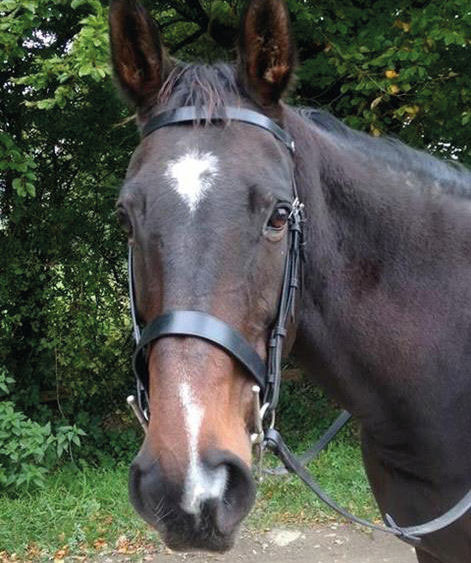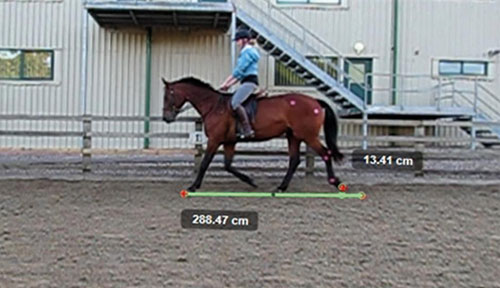Tag Archives for Horse
A preliminary study of the effect of manual chiropractic treatment on laterality of mechanical nociceptive thresholds (MNTs) in Thoroughbred racehorses.
Support evidence that manual chiropractic treatment reduces sensitivity to pain along the thoracic and lumbar musculature with independent laterality effects at different sites.
Further research is warranted with larger cohorts, repeatability and over a longer period
Investigation into the effects of McTimoney chiropractic treatment, Static Magnetic therapy and a combined treatment intervention on the Mechanical Nociceptive Threshold values in Thoroughbred Racehorses.
Support evidence of a positive effect of McTimoney Chiropractic and with the use of Magnetic rug(1000gauss) on the horses’ back muscle sensitivity to pain (increased MNTs) compared to no treatment intervention for 14 days
Further research is required on the differences between the treatments on muscle tonicity effects and performance parameters and horses with back pain.
COMPENSATORY LAMENESS – Ellie, 17 year old Thoroughbred
COMPENSATORY LAMENESS Ellie, 17 year old Thoroughbred Ellie injured her suspensory ligament in the right fore. Despite following an advised rest period, she was still lame in trot, although sound in walk. Her owner, Sarah is currently walking her out…
A preliminary study of the effect of McTimoney chiropractic treatment on equine back dimensions typically evaluated in saddle fit in ridden horses.
Support evidence that McTimoney chiropractic treatment can have a quantifiable effect on equine back dimensions immediately post-treatment, and up to three days following treatment
This may have implications on saddle-fit assessment during this time period
Increases evidence base of effects of McTimoney chiropractic treatments and factors influencing back dimensions
A study investigating the potential effect of equine brachiocephalicus muscle tenderness on forelimb kinematics.
Evidence that asymmetrical muscle tenderness in the brachiocephalicus muscle may influence forelimb kinematics
Results suggest when evaluating muscle tenderness by pressure algometry, site within the muscle may be important
An investigation into the relationship between asymmetrical loading of the stirrups by the rider and hind-limb kinematics of the horse during rising trot.
Evidence of a relationship between horse hindlimb peak flight arc asymmetry and rider stirrup force asymmetry
Providing further evidence and understanding of horse-saddle-rider interaction








